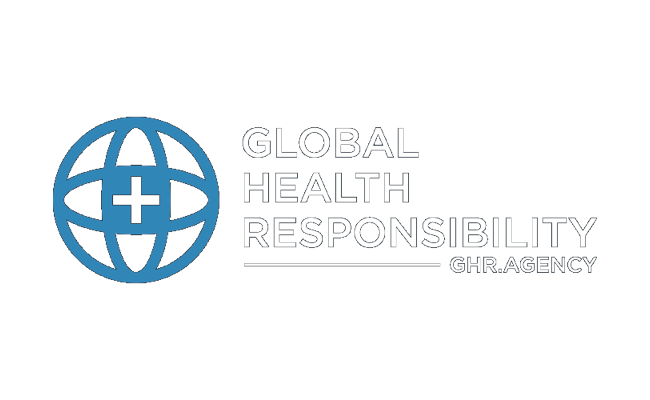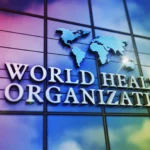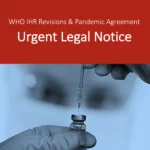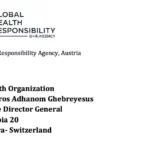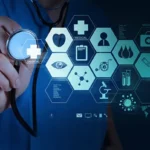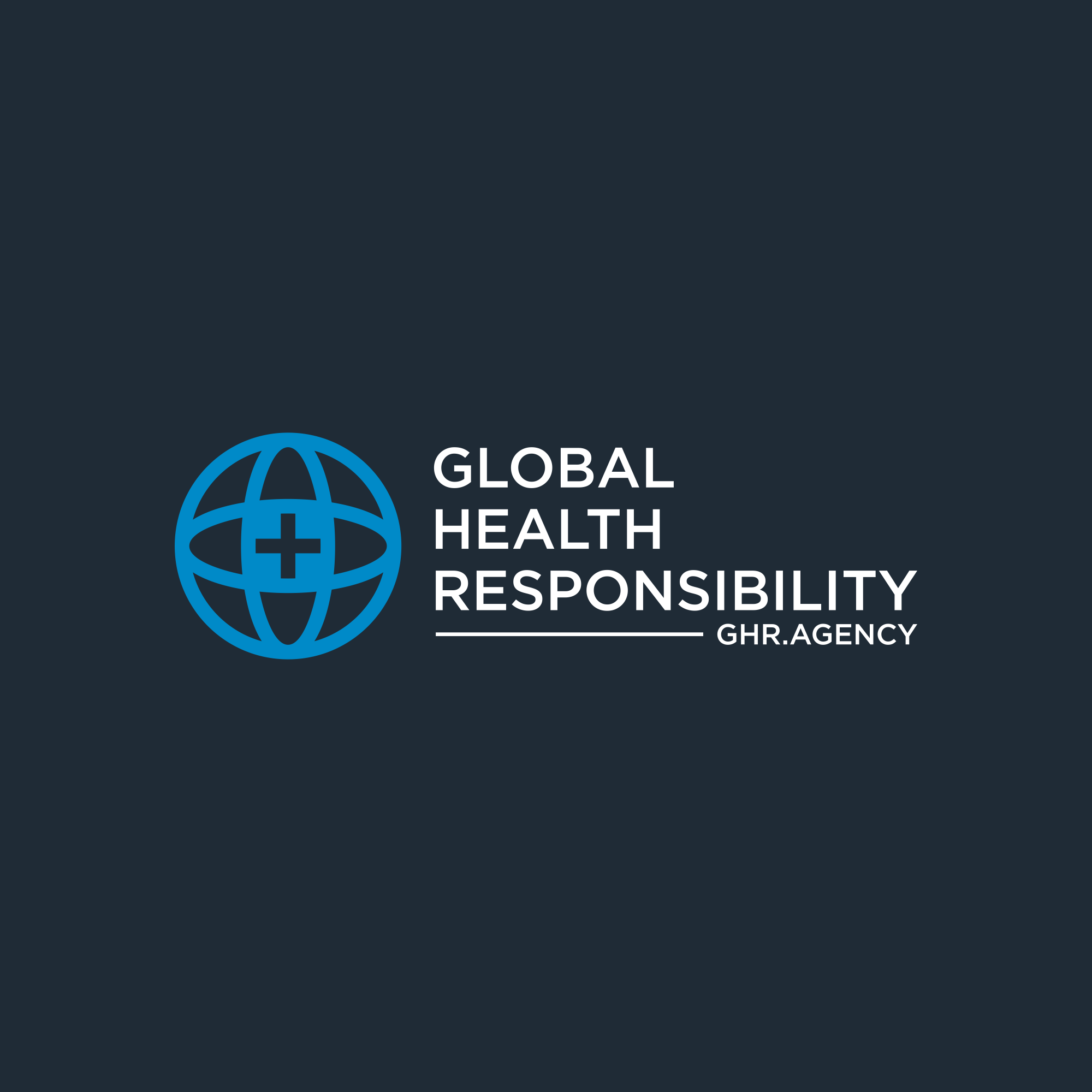The Covid-19 outbreak, which originated in Wuhan, China, was declared by the Director-General to constitute a „Public Health Emergency of International Concern“ (PHEIC) under the International Health Regulations (IHR) on 30th January 2020.
Dectection of pneumonia cases in Wuhan
31 Dec 2019: The WHO China Country Office was informed of cases of pneumonia of unknown etiology (unknown cause) detected in Wuhan City.
Additional verification following informal reports under Art. 9, 10 IHR
1 January 2020: WHO requested verification under the IHR from Chinese national authorities to further assess the risk following an information from Taiwan. Under the IHR, States Parties are required to respond within 24 to 48 hours of any request from the WHO for clarification or verification of an event or a signal that WHO believes may be significant, as has been explained in the WHO press conference on 20 April 2020.
Notification under Art. 6 IHR
3 January 2020: A total of 44 patients with pneumonia of unknown etiology have been reported to WHO by the national authorities in China. Of the 44 cases reported, 11 are severely ill, while the remaining 33 patients are in stable condition.
Wuhan city, with a population of 19 million, is the capital city of Hubei province, with a population of 58 million people. WHO has requested further information on the laboratory tests performed and the differential diagnoses considered.
4 January 2020: WHO reported on social media that there was a cluster of pneumonia cases – with no deaths – in Wuhan, Hubei province.
5 January 2020: WHO published the first Disease Outbreak News on the new virus, a technical publication to the scientific and public health community as well as global media. It contained a risk assessment and advice, and reported on what China had told the organization about the status of patients and the public health response on the cluster of pneumonia cases in Wuhan.
10 January 2020: WHO issued a comprehensive package of technical guidance online with advice to all countries on how to detect, test and manage potential cases, based on what was known about the virus at the time. This guidance was shared with WHO’s regional emergency directors to share with WHO representatives in countries.
Based on experience with SARS and MERS and known modes of transmission of respiratory viruses, infection and prevention control guidance were published to protect health workers recommending droplet and contact precautions when caring for patients, and airborne precautions for aerosol generating procedures conducted by health workers.
12 January 2020: China publicly shared the genetic sequence of COVID-19.
13 January 2020: Officials confirm a case of COVID-19 in Thailand, the first recorded case outside of China.
14 January 2020: WHO’s technical lead for the response noted in a press briefing there may have been limited human-to-human transmission of the coronavirus (in the 41 confirmed cases), mainly through family members, and that there was a risk of a possible wider outbreak. The lead also said that human-to-human transmission would not be surprising given our experience with SARS, MERS and other respiratory pathogens.
20-21 January 2020: WHO experts from its China and Western Pacific regional offices conducted a brief field visit to Wuhan.
22 January 2020: WHO mission to China issued a statement saying that there was evidence of human-to-human transmission in Wuhan but more investigation was needed to understand the full extent of transmission.
1. EC convened under Art. 48 IHR
22- 23 January 2020: The WHO Director- General convened the 1.Covid- Emergency Committee (EC) under the IHR to assess whether the outbreak constituted a PHEIC. The independent members from around the world could not reach a consensus based on the evidence available at the time. They asked to be reconvened within 10 days after receiving more information.
28 January 2020: A senior WHO delegation led by the Director-General travelled to Beijing to meet China’s leadership, learn more about China’s response, and to offer any technical assistance.
While in Beijing, Dr. Tedros agreed with Chinese government leaders that an international team of leading scientists would travel to China on a mission to better understand the context, the overall response, and exchange information and experience.
2. EC convened,
PHEIC declared under Art. 12 IHR
30 January 2020: The WHO Director-General reconvened the 2.Covid-EC. This was earlier than the 10-day period and only two days after the first reports of limited human-to-human transmission were reported outside China. This time, the EC reached consensus and advised the Director-General that the outbreak constituted a PHEIC. The Director-General accepted the recommendation and declared the novel coronavirus outbreak (2019-nCoV) a PHEIC. This is the 6th time WHO has declared a PHEIC since the IHR came into force in 2007.
WHO’s situation report for 30 January reported 7818 total confirmed cases worldwide, with the majority of these in China, and 82 cases reported in 18 countries outside China. WHO gave a risk assessment of very high for China, and high at the global level.
3 February 2020: WHO releases the international community’s Strategic Preparedness and Response Plan to help protect states with weaker health systems.
11-12 February 2020: WHO convened a Research and Innovation Forum on COVID-19, attended by more than 400 experts and funders from around the world, which included presentations by George Gao, Director General of China CDC, and Zunyou Wu, China CDC’s chief epidemiologist.
16-24 February 2020: The WHO-China Joint mission, which included experts from Canada, Germany, Japan, Nigeria, Republic of Korea, Russia, Singapore and the US (CDC, NIH) spent time in Beijing and also travelled to Wuhan and two other cities. They spoke with health officials, scientists and health workers in health facilities (maintaining physical distancing). The report of the joint mission can be found here: https://www.who.int/docs/default-source/coronaviruse/who-china-joint-mission-on-covid-19-final-report.pdf
11 March 2020: Deeply concerned both by the alarming levels of spread and severity, and
by the alarming levels of inaction, WHO made the assessment that
COVID-19 can be characterized as a pandemic.
13 March 2020: COVID-19 Solidarity Response Fund launched to receive donations from private individuals, corporations and institutions.
18 March 2020: WHO and partners launch the Solidarity Trial, an international clinical trial that aims to generate robust data from around the world to find the most effective treatments for COVID-19.
3. Covid-EC
1.May 2020: The DG accepted the advice of the 3.EC meeting by issuing temporary recommendations to WHO and all States Parties. Especially important seems the advice to continue to provide appropriate public health rationale to WHO for additional health measures in accordance with IHR.
4. Covid-EC
1. August 2020: The DG accepted the advice of the 4.EC meeting by issuing temporary recommendations to WHO and all States Parties. Implement, regularly update, and share information with WHO on appropriate and proportionate travel measures and advice, based on risk assessments; implement necessary capacities, including at points of entry, to mitigate the potential risks of international transmission of COVID-19 and to facilitate international contact tracing.
5. Covid-EC
6. Covid-EC
